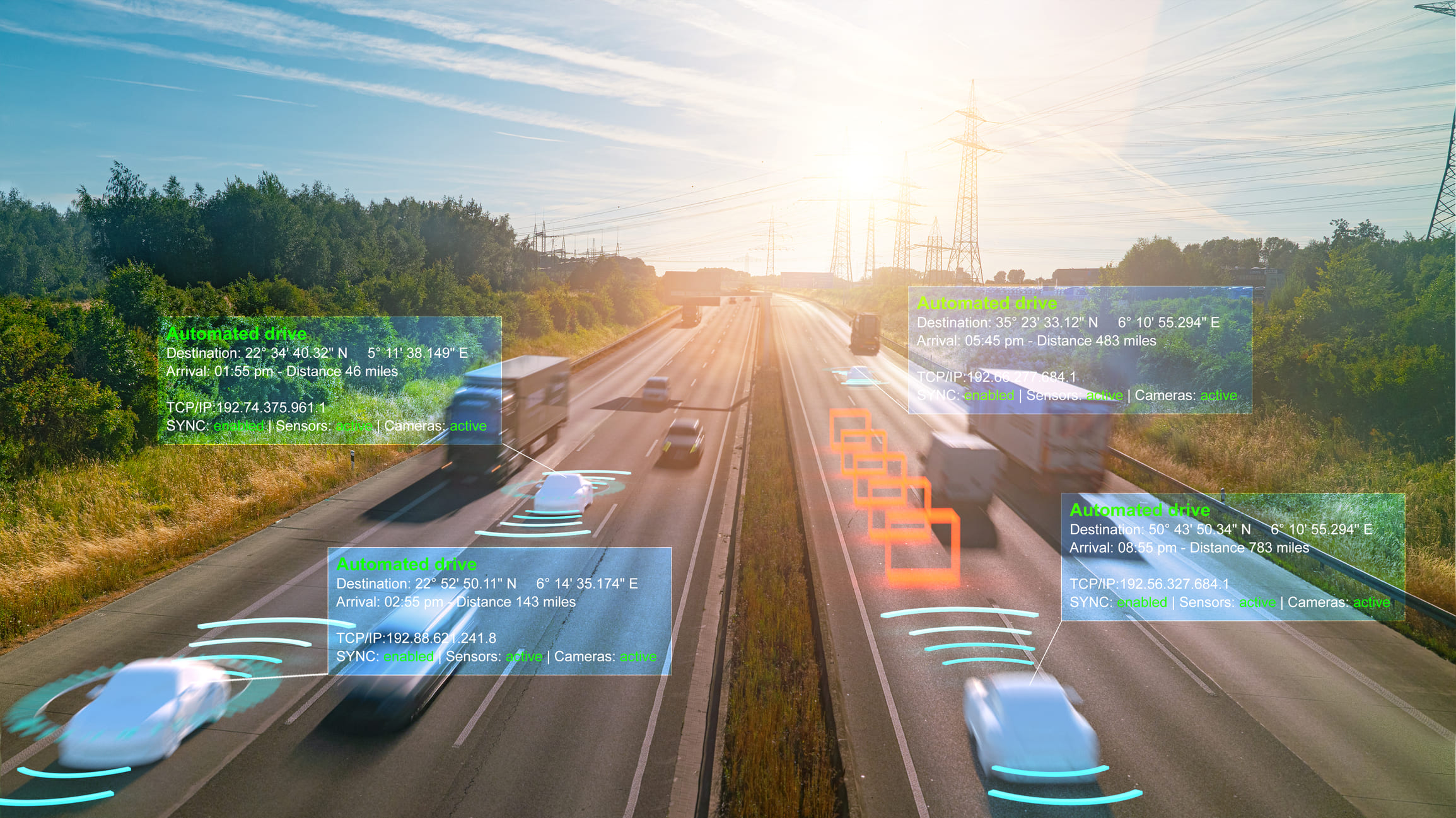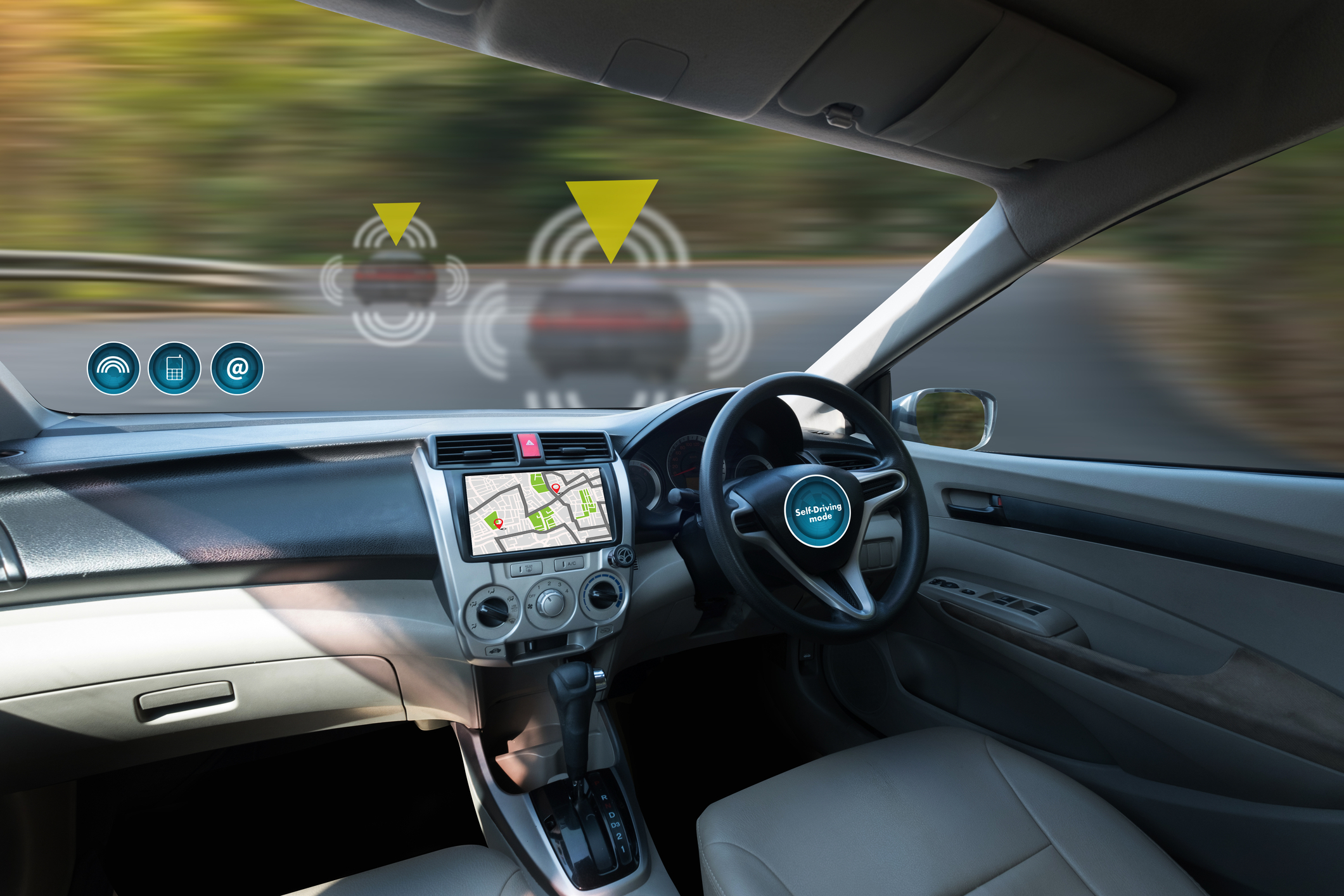Loading component...
Unlocking the Future of Autonomous Mobility
We won’t achieve autonomous mobility by moving fast and breaking things, says Daniel Langkilde
The typical Silicon Valley start-up approach to innovation is to move fast and break things, as the famous maxim from Facebook founder Mark Zuckerberg goes. But in the highly complex world of autonomous vehicles and other safety critical applications breaking a few things along the way to our end goal isn’t something that we can shrug off so easily.

Ultimately, it’s hard to overstate just how big a challenge achieving autonomous mobility is, and much of the excitement of a driverless revolution has in some quarters led to disillusionment. The expectation of Silicon Valley that this next tech revolution will progress as rapidly and disrupt society as quickly as others has crashed into the difficult reality of autonomous mobility.
However, it’s not all doom and gloom. We can deliver high-performing, safe and trusted autonomous vehicles, but there are no short-cuts. It will require both the best of tech and automotive sectors to take the hard yards. Embracing an iterative approach that effectively processes the vast amount of data needed to power the machine learning algorithms as well as a collaborative mind-set across the industry can get us there, but it's essential that we tackle head-on the prevailing ‘move fast and break things’ mind-set on the West Coast of the US, as it will only lead us down a developmental dead end.
It’s hard to overstate just how big a challenge achieving autonomous mobility is, and much of the excitement of a driverless revolution has in some quarters led to disillusionment
NO MARGIN FOR ERROR
Silicon Valley and the tech industry have successfully embraced the ‘move fast and break things’ mentality to be a disruptive and ultimately beneficial force in society with the potential to dramatically change the world we live in today. Autonomous mobility has that same potential, but it can’t take the same path that others before it have.
This mind-set in a highly competitive environment as the tech sector means that coming first is more important than anything else. However, in safety critical applications, as in autonomous mobility, this approach can have disastrous consequences as there is zero margin for error.
Pushing to meet deadlines in order to win the race and cutting corners will put driver and passenger safety at risk. It’s hard to see the wood from the trees when you're just trying to win the race and that’s without even taking into account the difficulty and complexity of autonomous mobility.
On safety critical applications such as autonomous mobility, the “coming first” approach can have disastrous consequences as there is zero margin for error

THE RIGHT WAY
Describing the task of achieving autonomous mobility as ‘difficult’ and ‘hard; is probably understating matters. Firstly, it requires huge amounts of data that needs to be curated, annotated, defined and be of a high enough quality in order to train Machine Learning models that provide the brains of the AI “running in the vehicle”.
Secondly, the task of driving is somewhat subjective. If we were to conduct a survey and ask people to define what a road or driveable surface is we would get vastly different answers. In some cases gravel is considered a drivable surface and in other cases not. Navigating such nuance and complexity with the machine learning models, that are by their nature a blunt instrument, poses significant difficulties.
Consequently, when arguing against the moving fast and breaking things approach for autonomous vehicles we’re not advocating for perfection. The process will require us to learn from mistakes but it’s vital to understand that the development of autonomous vehicles will not see us make huge jumps and advances in our development.

Instead it will take steady progress as we progress from automation into full-blown autonomy. It’s important to note that we have already seen progress. This year we have seen Ford's BlueCruise technology gain approval from the UK’s Department of Transport, a move that will see the first Level 2 automation on roads in Europe.
However, we are still a long way from achieving fully autonomous vehicles and it's crucial to embrace an iterative approach to continue autonomous vehicles’ development. The development of autonomous vehicles will require collaboration between humans and the technology itself. Ultimately, humans will decide how this technology is used and this collaboration will enable a flywheel of automation. This approach is also not just in contrast to Silicon Valley, but also in some cases to that of large OEMs that are still relying on a traditional ‘waterfall’ methodology that is not suitable for managing data within machine learning efforts.
The development of autonomous vehicles will require collaboration between humans and the technology itself. Humans will decide how this technology is used and this collaboration will enable a flywheel of automation
WHY A LACK OF INDUSTRY STANDARDS IS HOLDING US BACK
The industry is also crying out for standardisation and regulation. This will not only ensure the industry delivers on the promise of autonomous driving but will aid consumer buy-in and confidence.
Without backing and trust from the consumers, who will ultimately be the users of this technology, it will be impossible for autonomous vehicles to realise its full potential. To build this trust we need to start looking at the industry standards we have in place, how we regulate these and evaluate what we could be doing better to ensure buy-in and confidence from consumers. .
So far, a lack of regulation in the industry has caused confusion among consumers as to what are the current capabilities of autonomous vehicles. Education in this area as well as a commitment to incremental improvements will be crucial to building trust and ensuring industry standards are being upheld.
Autonomous vehicles have the potential to offer significant benefits and improvements to consumers' daily lives and society
Autonomous vehicles have the potential to offer significant benefits and improvements to consumers' daily lives and society, but it’s important to acknowledge that we’re still at the start of a long road of development.
There’s no quick fix here, and it requires a different approach to what we’ve seen in both Silicon Valley and the wider automotive industry. Only by embracing an iterative approach, committing to industry-wide standards, consumer education as well as collaboration will see us reach the potential that autonomous mobility has to offer.

Daniel Langkilde is CEO of machine learning data platform specialists Kognic AB, based in Goteborg, Sweden



